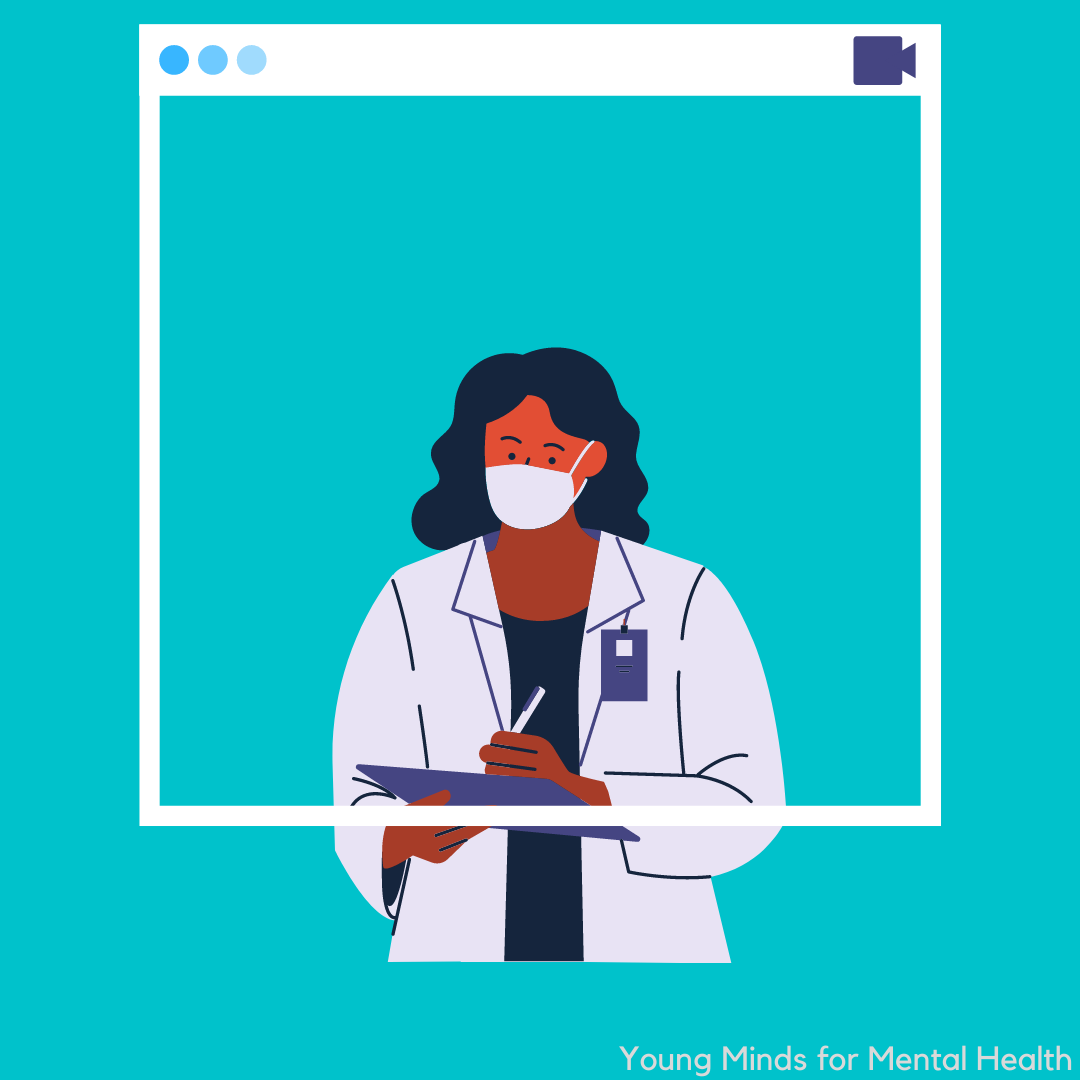As New York City started to close in March 2020, businesses scrambled to remain open and offices started switching to online platforms. I recall walking into my job in a community mental health agency as a therapist on a warm Saturday morning, seeing the additional posters plastered all over the bathroom walls, and thinking how crazy it was to remind people to wash their hands. That same morning, I, and everyone else who reported to work, received a call informing us that the office will be closed for the rest of the week for deep cleaning. A coworker’s family member came down with the flu and the company needs to take every precaution necessary.
We were given the option to do phone sessions, but with no system in place and no direction from management, we had no choice but to cancel our sessions. For two weeks, management struggled to provide substantial options. Part of the delay was due to the novelty of the situation. Remote sessions were largely unheard of in community mental health and the sudden switch was so unprecedented that no one knew what procedures made sense.
By the end of March, Governor Cuomo issued a state of emergency and approved telehealth services for all. Telehealth, or telemedicine, is a method of communication that utilizes technologies in the form of either video or phone sessions to provide people with medical care remotely. It is not a new concept; it was first used in the early 1920s when the radio was used to provide medical advice on ships. As technology advanced, telehealth expanded. In the more recent years, additional formats like video calls were added to telehealth. To respond to these changes, companies created HIPAA compliant platforms while other companies like BetterHelp and TalkSpace became more common in providing mental health services remotely. Preliminary assessments of these platforms showed decreases in depression and anxiety, and improvement in overall functioning.
Once these systems were in place, I reached out to more clients and provided them with options that they did not have before. Although some clients dropped from therapy due to the virtual nature of the sessions, most continued. In fact, clients who initially struggled to attend their sessions returned to therapy and would comment on the benefit of having phone calls instead of face-to-face sessions. There were some hiccups, however. Young children and adolescents struggled in virtual sessions and would often voice an interest to return to the office. This contrasted research where parents reported seeing improvement in their children’s wellbeing following the use of telehealth services. It seems that although there was improvement, there was still a preference towards physical sessions.
My experience was not an isolated phenomenon. Within the first quarter of 2020, the number of telehealth visits increased by 50% compared to the previous year. Other clinicians reported better response rates during the pandemic than prior years. This is because the sessions being conducted at home provided greater feelings of privacy compared to being in the office. People became more likely to follow through with treatment and adhere to medical advice. With increased anxiety, depression, and suicidal ideation caused by a global trauma that no one was prepared for, people were more likely to seek help for their mental health. Telehealth gave everyone the ability to access mental health care, reducing the effects of their anxieties without worrying about catching the virus.
Telehealth also follows the current trend of using technology to enhance our lives. A quick Google search showed thousands of apps dedicated to helping people gain mental health stability. These apps, along with the options of getting mental health services on their personal devices, have increased the awareness of mental health and reduced the stigma of seeking help. This conversation about mental health also shifted on social media, especially as the pandemic progressed. Resources to improve mental health has been widely shared with people actively supporting their networks.
Although the pandemic showcased the flaws of our mental health care systems, it also showed how resilient and adaptive the world can be. Within weeks, we adjusted to a new norm. Yes, there are things that need to be ironed out, but I feel that we are on track to providing mental health services using our advanced technologies. I can only hope that these advancements continue and as we return to normal, we continue to build on this experience.
Fai Tsoi is a rising second year MS student from the Department of Epidemiology from Mailman School of Public Health. She has a background in mental health where she worked as a licensed mental health counselor in a community mental health setting prior to starting her second degree in Epidemiology. Her goal is to study the role that culture and stigma play in mental health, and to address barriers in mental health treatment. Outside of her studies, she enjoys reading comics, baking desserts, and building houses on the Sims.



